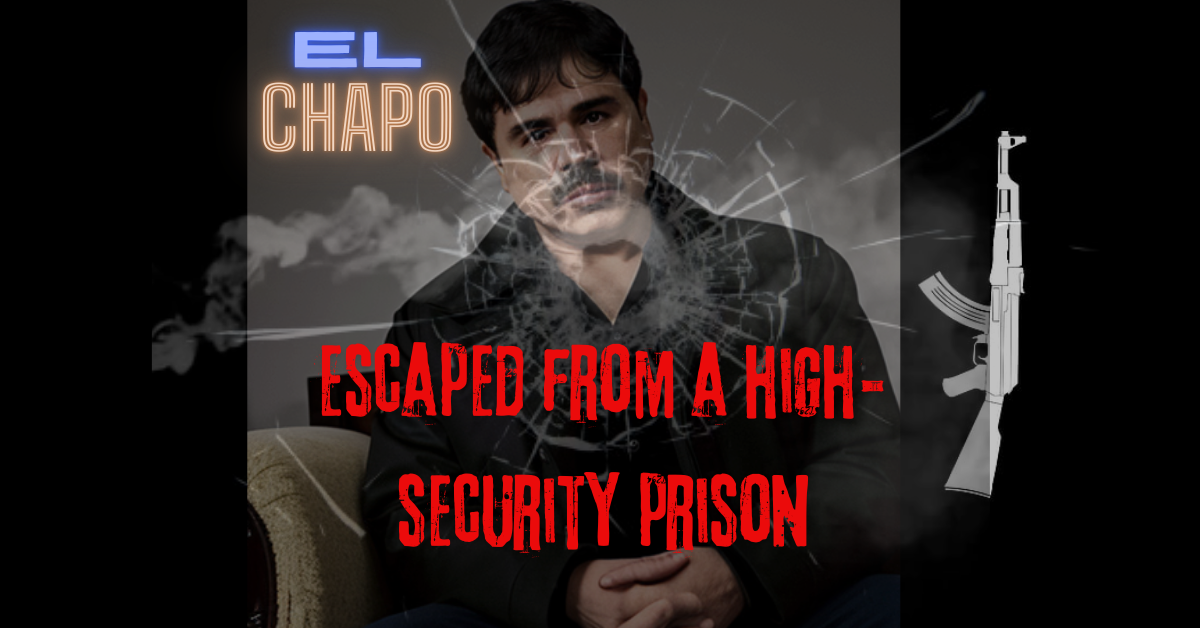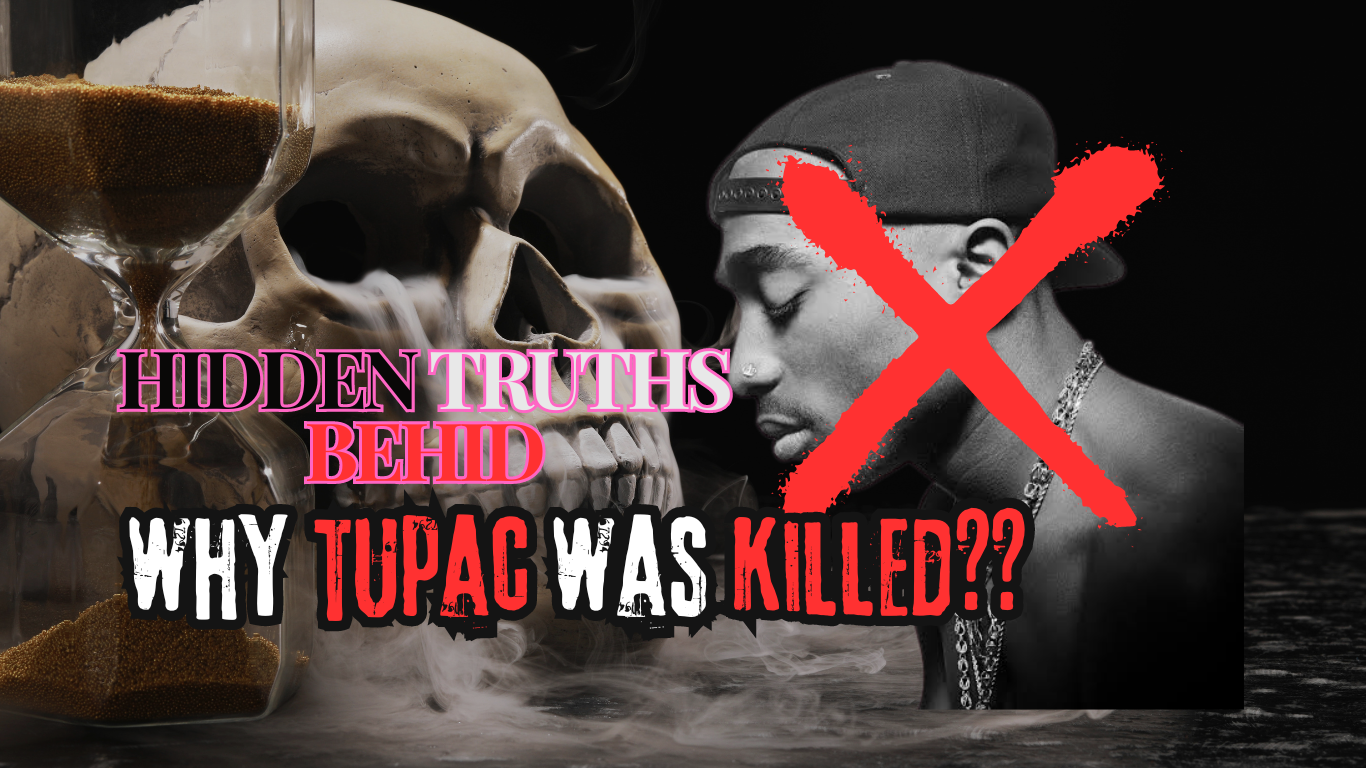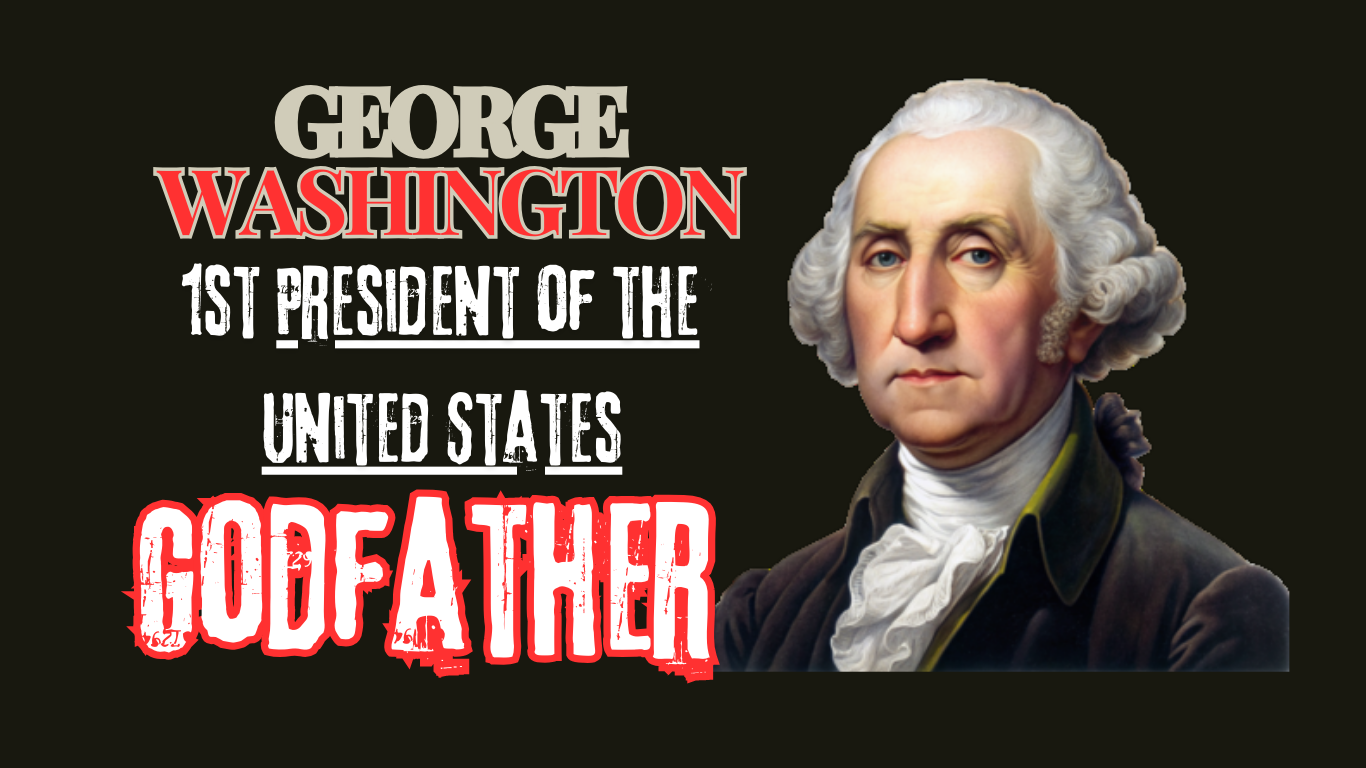In recent history, few names have struck as much fear and fascination as that of Joaquín “El Chapo” Guzmán. His journey from rural Mexico to becoming one of the world’s most feared drug lords is the stuff of legends. This blog post takes a deep dive into the intricacies of El Chapo Guzmán’s extradition to the United States, highlighting the intense legal battles that ensued, and the trial that ultimately led to his conviction. Keep reading to gain a comprehensive understanding of this captivating saga.
Why Was El Chapo Extradited?
Guzmán was not just any drug lord; he was the head of the Sinaloa Cartel, one of the most powerful and dangerous criminal organizations in the world. His notoriety extended far beyond the reaches of Mexico, leading to a series of indictments in various jurisdictions across the United States. The U.S. government sought his extradition to face charges related to drug trafficking, firearm offenses, and murder.
How many times did Chapo escape?
He was captured again in 2014, yet he figured out how to escape once more, this time before his condemning. El Chapo’s partners dug a passage into his prison cell, which he used to escape. Altogether, the Mexican medication master figured out how to get away from jail two times.
The Legal Battle of Extradition.
Initial Resistance.
Despite the overwhelming evidence and international pressure, the Mexican government was initially reluctant to extradite Guzmán. Many feared that his influence extended deep within Mexico’s political and judicial systems. Nevertheless, after his 2015 escape from a high-security prison, Mexican authorities recognized the necessity of extraditing him to the U.S.
Mexico’s Agreement.
In January 2016, Guzmán was captured once again. This time, the Mexican government prioritized his extradition, ending years of legal maneuvering. The process was not straightforward; Guzmán’s legal team filed multiple appeals, citing potential human rights violations if he were to be tried in the United States.
The Judicial Tug-of-War.
By May 2016, Mexico’s Foreign Ministry finally approved the extradition. However, Guzmán’s lawyers continued to fight, stretching the process into January 2017. In addition, both countries had to ensure that all legal requirements were meticulously followed to prevent any future contestation.
Who caught El Chapo?
On 9 June 1993, Guzmán was arrested by the Guatemalan Army at a hotel near Tapachula, close to the Guatemala–Mexico border.
The Trial in the United States.
Federal Court Proceedings.
Once extradited, Guzmán was handed over to the custody of the U.S. Marshals and faced federal court in Brooklyn, New York. This marked one of the most significant and high-profile trials in U.S. history. The proceedings were tightened under extreme security measures to prevent any possibility of escape or outside interference.
Charges and Evidence.
The charges leveled against Guzmán were staggering, encompassing 17 counts, including operating a continuing criminal enterprise, drug trafficking, money laundering, and firearms violations. The prosecution presented an overwhelming amount of evidence, including testimonies from former associates, video and audio recordings, and witness accounts from victims and law enforcement.
Conviction and Sentencing.
After a grueling 11-week trial, the jury found Guzmán guilty on all counts. In July 2019, he was sentenced to life in prison plus 30 years, essentially ensuring that he would never leave the confines of a U.S. penitentiary. Today, El Chapo Guzmán serves his sentence in the high-security ADX Florence in Colorado.
The journey of El Chapo Guzmán from a indomitable drug lord to a convicted criminal encapsulates a story of international cooperation, judicial perseverance, and the relentless pursuit of justice. His conviction marks a significant triumph for law enforcement agencies worldwide and serves as a potent reminder of the long arm of justice.
Understanding the intricate details of El Chapo Guzmán’s extradition, trial, and conviction offers a glimpse into the complex world of international law and justice. Thank you for joining us on this exploration.





Leave a Reply